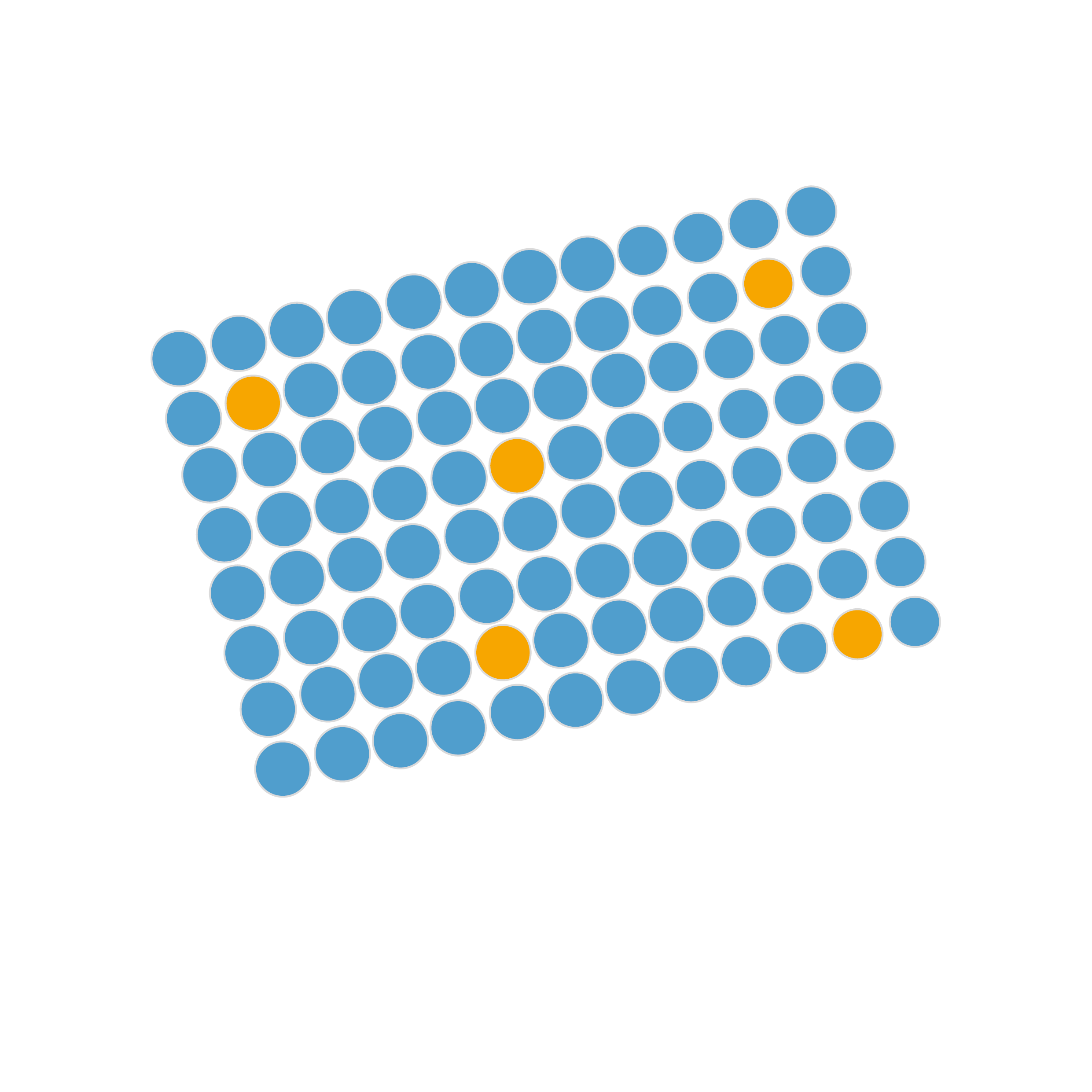Related articles
Secondary antibodies resources
Alexa Fluor secondary antibodies
Biotinylated secondary antibodies
Enhancing Detection of Low-Abundance Proteins
9 tips for detecting phosphorylation events using a Western Blot
Western Blotting with Tissue Lysates
Immunohistochemistry introduction
Immunohistochemistry and Immunocytochemistry
Immunohistochemistry troubleshooter
Chromogenic and Fluorescent detection
Preparing paraffin-embedded and frozen samples for Immunohistochemistry

ELISA application troubleshooting
As with all assays, ELISAs are prone to encountering problems. Knowing what actions to take in order to evade them or what solutions to apply is important for accurately reproducing results.
No signal detected
The wrong reagents or a poorly setup assay can contribute to the lack of signal. Incorporating a positive control is recommended to ensure that experimental procedures can be mitigated.
Another reason for this might be from the use of an improper secondary antibody or that the secondary antibody is too diluted. Optimising these parameters and using fresh detection reagents should help prevent this issue.
There may be cases where the antigen has not properly coated the microplate, or the microplate reader is not setup correctly leading to scewed results. Using avidin plates with biotinylated antigen, and incubating the microplates longer during the coating stage should improve the results.
Weak signal detected
Using less than necessary amounts of antigen for plate coating and having improper settings on the reader can lead to this issue. Following the protocol and optimising these two factors alongside using enough fresh antibody and detection reagent can improve the outcome of the assay.
Furthermore, checking the pH and dilution of the detection reagent and lengthening the incubation time can also help.
Background signal is high
From an antibody perspective, there are a few things that can cause high background signal:
Using more antibody than needed. To counter this use an affinity-purified antibody, which can eliminate non-specific binding.
Blocking agents - Make sure that the concentration of these agents is suitable for the procedure, and ensure sufficient washing steps are included to clean away excess unwanted agents during the wash phases.
Pipette technique - Calibrated pipettes help with dispensing consistent volumes and mixing the reagents in a good manner. Collect debris during aspiration, and prevent foaming and scratching of the microplate during pipetting.
Incubating in the dark with a lid on and with consistent temperature is good practice. Stacking plates during the incubation phase can interfere with the temperature distribution and affect results.
Reaction termination - Stopping the reaction across the whole plate at the right time is important. Take the plate readings as soon as possible after the detection reagent has been added to limit any potential signal issues.
ELISA colour change is taking longer than expected
Using the right temperature for incubation alongside fresh reagents with the right pH should result in proper colour development.
